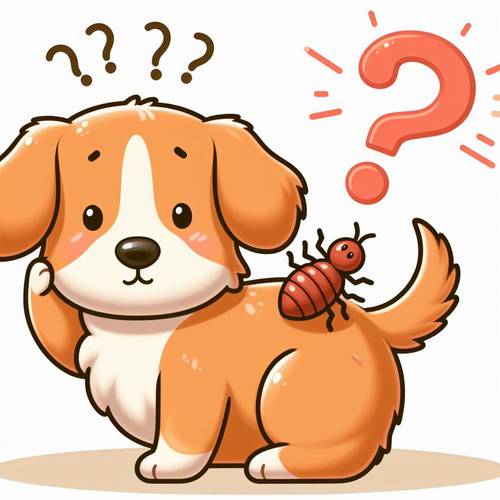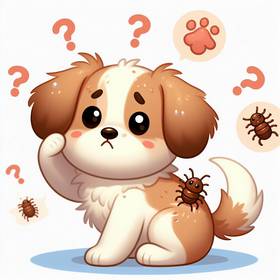Chewing Lice vs. Sucking Lice
Chewing lice and sucking lice are two common types of lice that affect animals. Chewing lice, also known as biting lice, feed on the skin debris, feathers, or hair of their host. They use their mouthparts to chew and consume these materials. On the other hand, sucking lice have piercing mouthparts that they use to suck blood from their host. This fundamental difference in feeding behavior distinguishes the two types of lice. Understanding this distinction is crucial for effective treatment and prevention strategies against lice infestations in animals.
Common Animal Hosts for Lice
Lice infestations can occur in a wide range of animal species, including domestic pets and wildlife. Common animal hosts for lice include dogs, cats, rabbits, guinea pigs, horses, cattle, and birds such as chickens and pigeons. These parasites can also affect wildlife species like deer, squirrels, and rodents.
Lice infestations in animals are typically species-specific, meaning that lice species that affect one animal may not infest another species. However, certain environmental conditions and close contact between animals can contribute to the spread of lice between different hosts. Regular grooming and hygiene practices are essential for preventing lice infestations in animals.
Lice infestations in animals are typically species-specific, meaning that lice species that affect one animal may not infest another species. However, certain environmental conditions and close contact between animals can contribute to the spread of lice between different hosts. Regular grooming and hygiene practices are essential for preventing lice infestations in animals.



